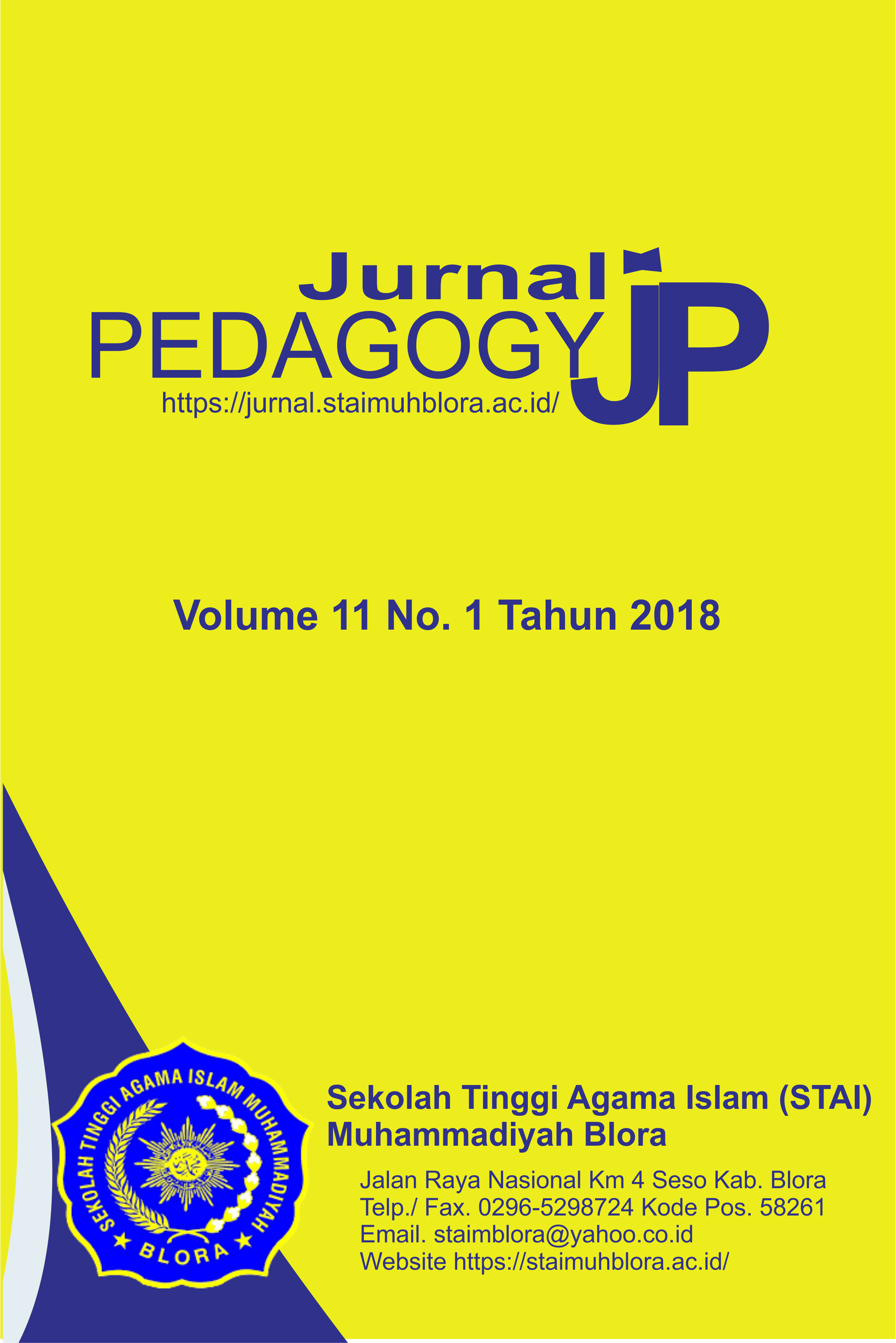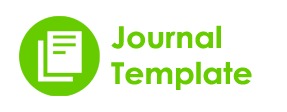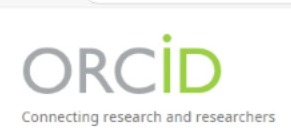Learning Paradigm Shift By Era Modern
DOI:
https://doi.org/10.63889/pedagogy.v18i1.309Keywords:
paradigm shift, modern-era, learning, education world, professionalismAbstract
Education has become an increasing focus of attention in this modern era, especially with the shift in the learning paradigm that accompanies technological developments and changing societal needs. This article explores the transformation in the role of teachers, curriculum innovation according to the development of the education world and needs, the use of technology-based learning media, and identifying challenges such as technology gaps, cultural adaptation, professionalism of educators, and education management are still obstacles in realizing an ideal learning system. Therefore, modern education must continue to develop holistically to create a learning ecosystem that is inclusive, flexible, and relevant to the needs of the times.
References
[1] W. M. B. B. Sinaga and A. Firmansyah, “Perubahan Paradigma Pendidikan di Era Digital,” J. Teknol. Pendidik., vol. 1, no. 4, p. 10, May 2024, https://doi.org/10.47134/jtp.v1i4.492.
[2] S. Anwar, “Kepemimpinan Digital Menghadapi Persaingan Global Di Perguruan Tinggi,” vol.
2.
[3] Sindi Septia Hasnida, Ridho Adrian, and Nico Aditia Siagian, “Tranformasi Pendidikan Di Era Digital,” J. Bintang Pendidik. Indones., vol. 2, no. 1, pp. 110–116, Dec. 2023, https://doi.org/10.55606/jubpi.v2i1.2488.
[4] M. R. Walukow, H. N. Tambingon, and V. N. J. Rotty, “Pergeseran Paradigma Pembelajaran Informatika di Sekolah,” Pergeseran Paradig. Pembelajaran Inform. di Sekol., vol. 4, no. 5, pp. 5411–5420, 2022.
[5] M. Muhali, “Pembelajaran Inovatif Abad Ke-21,” J. Penelit. dan Pengkaj. Ilmu Pendidik. eSaintika, vol. 3, no. 2, p. 25, Dec. 2019, https://doi.org/10.36312/e-saintika.v3i2.126.
[6] I. Efendi, S. Murhayati, and Z. Zaitun, “Model Inovasi Pengembangan Kurikulum Merdeka,” At-Tajdid J. Islam. Stud., vol. 2, no. 4, p. 196, Oct. 2022, https://doi.org/10.24014/attajdid.v2i4.20043.
[7] Eddi Lion, Yetrie Ludang, and Herry Palangka Jaya, “Edukasi Penerapan Pembelajaran Project Based Learning Untuk Meningkatkan Hasil Belajar Di Masa Pandemi Covid-19 Desa Telangkah,” J-ABDI J. Pengabdi. Kpd. Masy., vol. 2, no. 1, pp. 3635–3642, 2022, https://doi.org/10.53625/jabdi.v2i1.2257.
[8] L. Asmawati, “Peran Orang Tua dalam Pemanfaatan Teknologi Digital pada Anak Usia Dini,” J. Obs. J. Pendidik. Anak Usia Dini, vol. 6, no. 1, pp. 82–96, 2021, https://doi.org/10.31004/obsesi.v6i1.1170.
[9] I. Octaviyani, Y. S. Kusumah, and A. Hasanah, “Peningkatan Kemampuan Berpikir Kreatif Matematis Siswa Melalui Model Project-Based Learning Dengan Pendekatan Stem,” J. Math. Educ. Res., vol. 1, no. 1, pp. 1–3, 2020, https://doi.org/10.23969/pjme.v6i1.2722.
[10] R. Awaliati, “Tantangan Guru Indonesia Pada Abad 21,” Univ. Lambung Mangkurat Banjarmasin, vol. 21, pp. 1–6, 2022, https://doi.org/10.31237/osf.io/3qu7b.
[11] A. Asari, I. Widiana, S. Purba, A. Waworuntu, A. Arifin, and ..., Manajemen pendidikan di era transformasi digital, no. June. 2023.
[12] Santio Arivianto; Arnoldus DAvid;Yordan Syahputra; Muhammad Syafiq Syah, “Dampak
Teknologi pada Implikasi Sosial, Kultural, dan Keagamaan dalam Kehidupan Manusia Modern,” pp. 1–17, 2023, https://doi.org/10.11111/nusantara.xxxxxxx.
[13] Munawar, “Merdeka Belajar,” J. Pedagog., vol. 3, no. 3, pp. 157–171, 2022, https://doi.org/10.47006/ijierm.v3i3.90.
[14] S. R. Mas, “Profesionalitas Guru Dalam Peningkatan Kualitas Pembelajaran,” J. Inov., vol. 5, no. 2, pp. 1–10, 2017.
[15] A. S. G. N. Agnia, Y. F. Furnamasari, and D. A. Dewi, “Pengaruh Kemajuan Teknologi terhadap Pembentukan Karakter Siswa,” J. Pendidik. Tambusai, vol. 5, no. 3, pp. 9331–9335, 2021.
[16] M. S. Sofiyana et al., Metodologi Penelitian Pendidikan Kualitatif. 2022.
[17] NF Andhini, Metode Penelitian Kualitatif Dan Kuantitatif., vol. 53, no. January. 2017.
[18] P. D. Lapang and I. W. Suyadnya, “Metodologi Penelitian Kualitatif ” p. 48, 2018.
[19] M. Zamili, MENGHINDAR DARI BIAS: Praktik Triangulasi Dan Kesahihan Riset Kualitatif, vol. 9, no. 2. 2015. https://doi.org/10.35316/lisanalhal.v9i2.97.
[20] Mustaqim, “Metode Penelitian Gabungan Kuantitatif Kualitatif / Mixed Methods Suatu Pendekatan Alternatif,” J. Intelegensia, vol. 04, no. 1, pp. 1–9, 2016.
[21] N. Afif, “Pengajaran dan Pembelajaran di Era Digital,” IQ (Ilmu Al-qur’an) J. Pendidik. Islam, vol. 2, no. 01, pp. 117–129, Jan. 1970, https://doi.org/10.37542/iq.v2i01.28.
[22] P. E. Gastelum-Acosta, D. R. A. López, G. I. R. Torres, A. I. C. Erives, and G. GastélumCuadras, “Socio-educational strategies plan for the development of psychomotor skills in early childhood education students,” Retos, vol. 55, pp. 745–755, 2024, https://doi.org/10.47197/retos.v55.97257.
[23] M. L. Barr and J. McNamara, “Community-Based Participatory Research: Partnering with College Students to Develop a Tailored, Wellness-Focused Intervention for University
Campuses,” Int. J. Environ. Res. Public Health, vol. 19, no. 23, 2022, https://doi.org/10.3390/ijerph192316331.
[24] A. Anggrawan, “Analisis Deskriptif Hasil Belajar Pembelajaran Tatap Muka dan Pembelajaran Online Menurut Gaya Belajar Mahasiswa,” MATRIK J. Manajemen, Tek. Inform. dan Rekayasa Komput., vol. 18, no. 2, pp. 339–346, 2019, https://doi.org/10.30812/matrik.v18i2.411.
[25] C. W. Hoerudin, S. Syafruddin, A. Mayasari, O. Arifudin, and S. Lestari, “E-Learning as A Learning Media Innovation Islamic Education,” QALAMUNA J. Pendidikan, Sos. dan Agama, vol. 15, no. 1, pp. 723–734, 2023, https://doi.org/10.37680/qalamuna.v15i1.4466.
[26] L. J. McLeod et al., “Environmental stewardship: A systematic scoping review,” PLoS One, vol. 19, no. 5 May, pp. 1–23, 2024, https://doi.org/10.1371/journal.pone.0284255.
[27] S. Nur’aini, “Pendidikan Membangun Sumber Daya Manusia Smart,” J. Pedagog., vol. 7, pp. 1–12, 2017.
[28] Rina Murtyaningsih, “Peranan Guru dalam Memotivasi Belajar Siswa,” J. Pedagog., vol. 10, no. 2, 2017.
[29] M. A. Bhuiyan et al., “Enrollment Readiness Among the Parents of Madrasah Going Children With E-Learning Facilities in Maizbhandar Ahmadiyya Emdadia Madrasah, Chattogram,
Bangladesh,” Am. Int. J. Educ. Linguist. Res., vol. 4, no. 1, pp. 51–62, 2021, https://doi.org/10.46545/aijelr.v4i1.293.
[30] R. Santika, R. Farizki, and H. N. Adiantika, “English Language Learning with Flashcard Media and Educational Posters to Improve Language Education,” J. Soc. Sci., vol. 4, no. 3, pp. 706– 711, 2023, https://doi.org/10.46799/jss.v4i3.580.
[31] G. Gumilar, D. P. S. Rosid, B. Sumardjoko, and A. Ghufron, “Urgensi Penggantian Kurikulum 2013 menjadi Kurikulum Merdeka,” J. Papeda J. Publ. Pendidik. Dasar, vol. 5, no. 2, pp. 148– 155, 2023, https://doi.org/10.36232/jurnalpendidikandasar.v5i2.4528.
[32] A. Nurhartanto, S. Anwar, and S. Sukisno, “Development of Pluralist and Multicultural Approaches In PAI Learning: A Conceptual Model For Strengthening Students’ Inclusivity Competencies,” Multicult. Islam. Educ. Rev., vol. 2, no. 2, pp. 154–163, Apr. 2025, https://doi.org/10.23917/mier.v2i2.7307.
[33] S. Anwar, “Konsep Pendidikan Islam Dalam Mengembangkan Kepribadian Anak Usia Sekolah,” J. Pedagog., vol. 16, no. 2, pp. 240–258, 2023.
[34] Isran Rasyid Karo-Karo S; Rohani, “Manfaat Media Dalam Pembelajaran,” Antimicrob. Agents Chemother., vol. 58, no. 12, pp. 7250–7257, Dec. 2014, https://doi.org/10.1128/AAC.03728-14.
[35] V. D. E. Welter, L. Emmerichs, and K. Schlüter, “What Do the Relationships between PreService Biology Teachers’ Personality and Professional Knowledge Reveal about Their Innovativeness?—An Exploratory Study Using Canonical Correlation Analysis,” Educ. Sci., vol. 12, no. 6, 2022, https://doi.org/10.3390/educsci12060396.
[36] T. Triyanto et al., “Student e-learning effectiveness based on pedagogy, evaluation and technology dimensions (PET-D): Empirical studies in higher education in the COVID-19 epidemic,” Multidiscip. Sci. J., vol. 6, no. 12, 2024, https://doi.org/10.31893/multiscience.2024245.
[37] Nurmaidah, “Media Pendidikan,” Al-Afkar J. Keislam. Perad., vol. V(1), p. 62, 2016, https://doi.org/10.28944/afkar.v5i1.109.
[38] S. Lestari, “Peran Teknologi dalam Pendidikan di Era Globalisasi,” EDURELIGIA; J. Pendidik. AGAMA Islam, vol. 2, no. 2, pp. 94–100, Aug. 2018, https://doi.org/10.33650/edureligia.v2i2.459.
[39] V. T. S. Law, H. H. L. Yee, T. K. C. Ng, and B. Y. F. Fong, “Transition from Traditional to Online Learning in Hong Kong Tertiary Educational Institutions During COVID-19 Pandemic,” Technol. Knowl. Learn., vol. 28, no. 3, pp. 1425–1441, 2023, https://doi.org/10.1007/s10758022-09603-z.
[40] S. Rosa, D. Alena, K. Renat, B. Zhumabike, A. Zhanna, and A. Adalat, “Axiological aspects of music teacher’s creative potential development in modern innovation and educational environment,” J. Soc. Sci. Res., vol. 4, no. 10, pp. 140–145, 2018, https://doi.org/10.32861/journal.7.2018.48.140.145.
Downloads
Published
How to Cite
Issue
Section
License
Copyright (c) 2025 Sukisno Sukisno, Siti Nur'aini, Rista Widiyawati, Aisyah Abdul Jabbar

This work is licensed under a Creative Commons Attribution-ShareAlike 4.0 International License.






